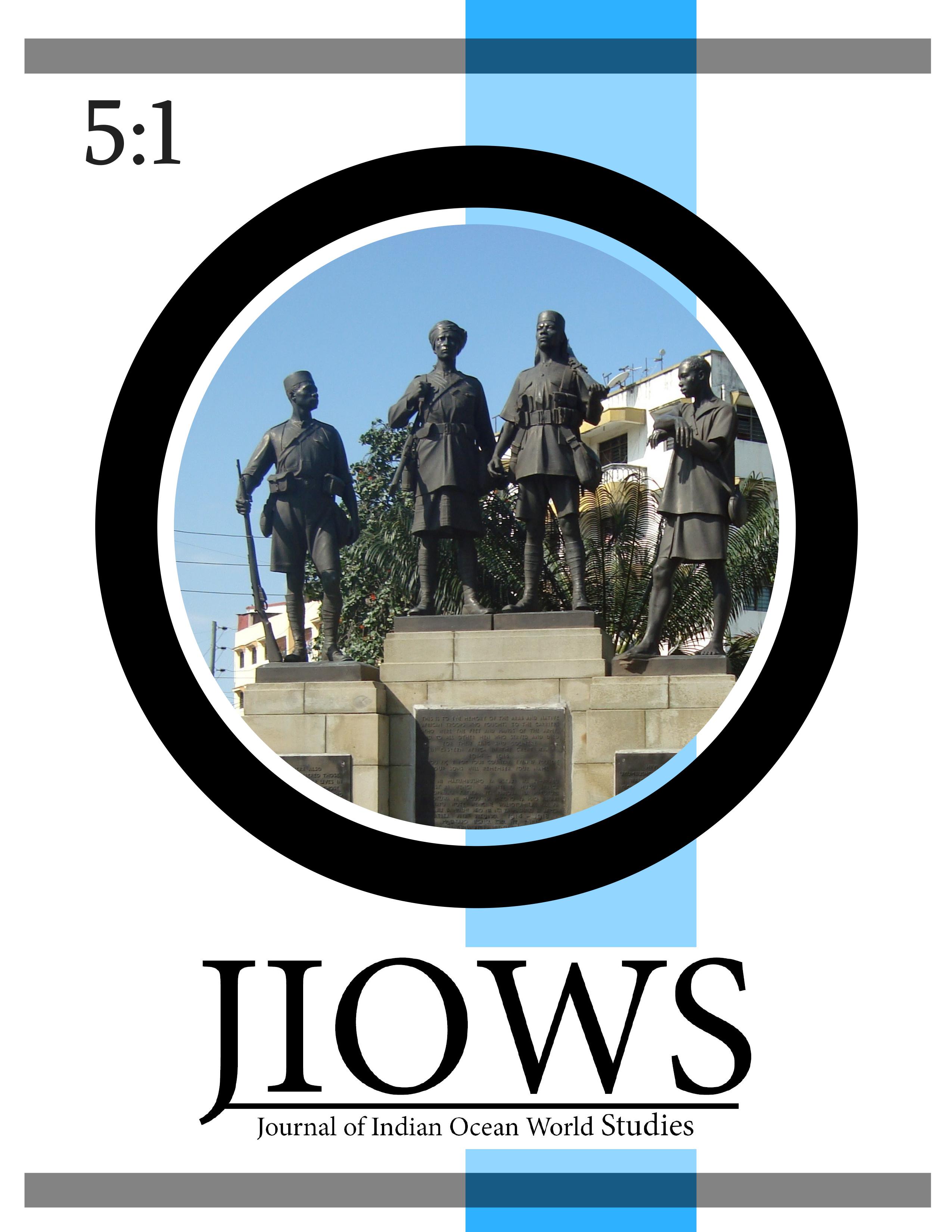Central Margins: Paradox and Transformation of Dichotomies in Two English Language Novels by Mauritian Lindsey Collen
Main Article Content
Abstract
The Indian Ocean region embodies the paradox of a marginalized crossroads. Its islands and coastal societies reflect the multiple influences of its position as a commercial center during colonization and accompanying slave trade. Yet its island nations, particularly their literature, are little known relative to their mainland Asian and African counterparts. Mauritius further reflects these ironies. Although Mauritius has attained a positive reputation for stability, growth, and tourist appeal, deep inequalities resulting from economic globalization persist, to the detriment of its citizens. Uninhabited until the arrival of the Dutch in the sixteenth century, its national identity is the most multicultural of the Indian Ocean islands. Despite its history as a British colony and the designation of English as the language of school instruction and government administration, English-language Mauritian literature remains scarce. A primary exception is the work of novelist Lindsey Collen. This paper examines Collen’s There Is a Tide and The Rape of Sita as examples that reveal margin and center as imagined divisions, created by patriarchal assumptions about power and humans’ relationship to the earth. Theories of hybridity and postcolonialism, as well as of feminism, eco-feminism, and ecocriticism, introduced to challenge these assumptions, have revealed both deeply intertwined concepts and continuing problems of cultural domination, despite efforts to counter legacies of colonial injustices. The reactive nature of many of these theories and the advocacy on which they are based ironically often reinforce the aforementioned dichotomies between center and margins. Collen’s novels deconstruct and transform these dichotomies by narrating the human condition across gender, class, nation, and time in ways that are difficult (if not impossible) to do through theoretical categorization.
Article Details

This work is licensed under a Creative Commons Attribution-NonCommercial-ShareAlike 4.0 International License.
Authors retain copyright and grant the journal right of first publication with the work simultaneously licensed under a Creative Commons License CC BY NC SA, which permits users to share, use, and remix the material provide they give proper attribution, the use is non-commerical, and any remixes/transformations of the work are shared under the same license as the orignal.
